


Home » 5 Ways to Socialize Your Puppy

Anyone who has decided to share their life with a dog knows that the puppy phase is always a trying one. Regardless of how rewarding it may be, the challenges that come along with the fun are real for even the most experienced of dog owners. But just as much as puppyhood brings both its rewards and challenges, it is also one of the most crucial periods in the development of a dog.
Training and socialization, done properly, are things that should be of the utmost priority, especially during the 2-6 months of age time period. This is important for all dogs, but it can be a make-or-break point with breeds that can develop aggressive or even dangerous tendencies if not socialized properly during puppyhood. And depending on a person’s lifestyle, schedule, and geographic location, socializing any puppy can be easier said than done.
Here’s a look at five socialization solutions that you can implement now to help your pup become a more well-adjusted companion.
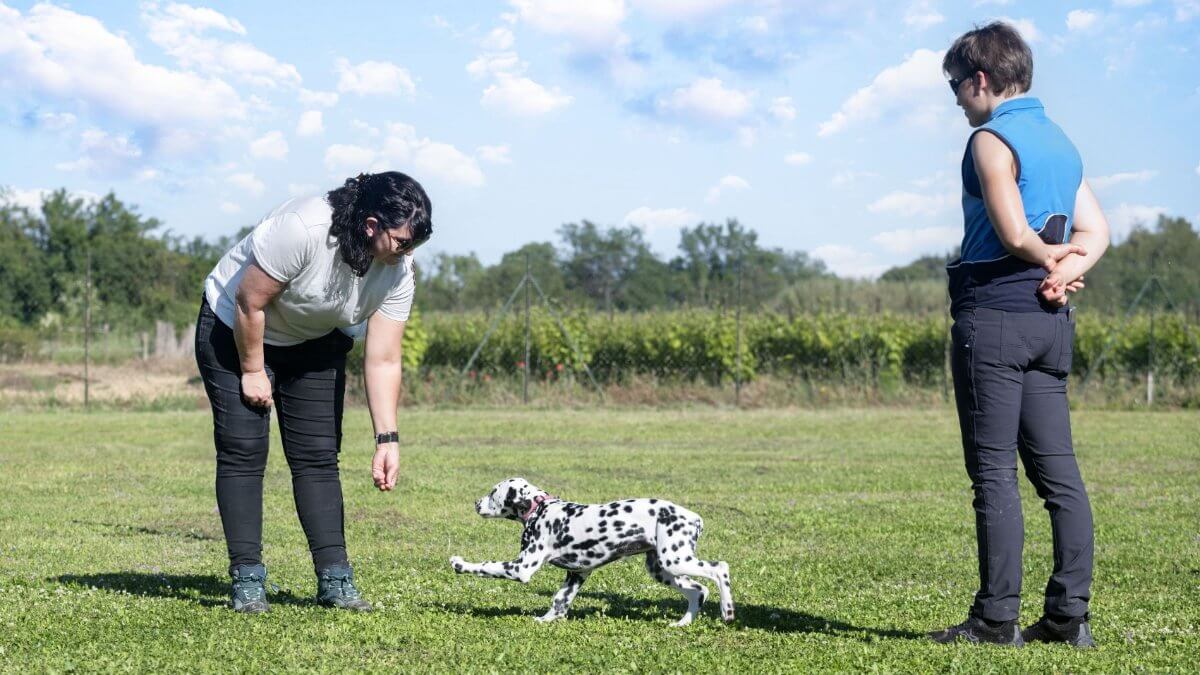
There are puppy training classes and “puppy schools” available nationwide, and they can often provide the best opportunity to handle multiple needs in one fell swoop. Obedience training, for example, is essential for any puppy, especially for those breeds that have stubborn tendencies or tend to be more difficult to train in general. Going to puppy classes and attending Basic Obedience training can make a world of difference in the demeanor of the adult dog—when your puppy is much bigger than he or she is right now. Organized classes also put the puppy in a controlled environment where it will not only be able to meet and interact with other people and dogs but will learn early on the appropriate way to behave around visitors in the home and strangers on the street.
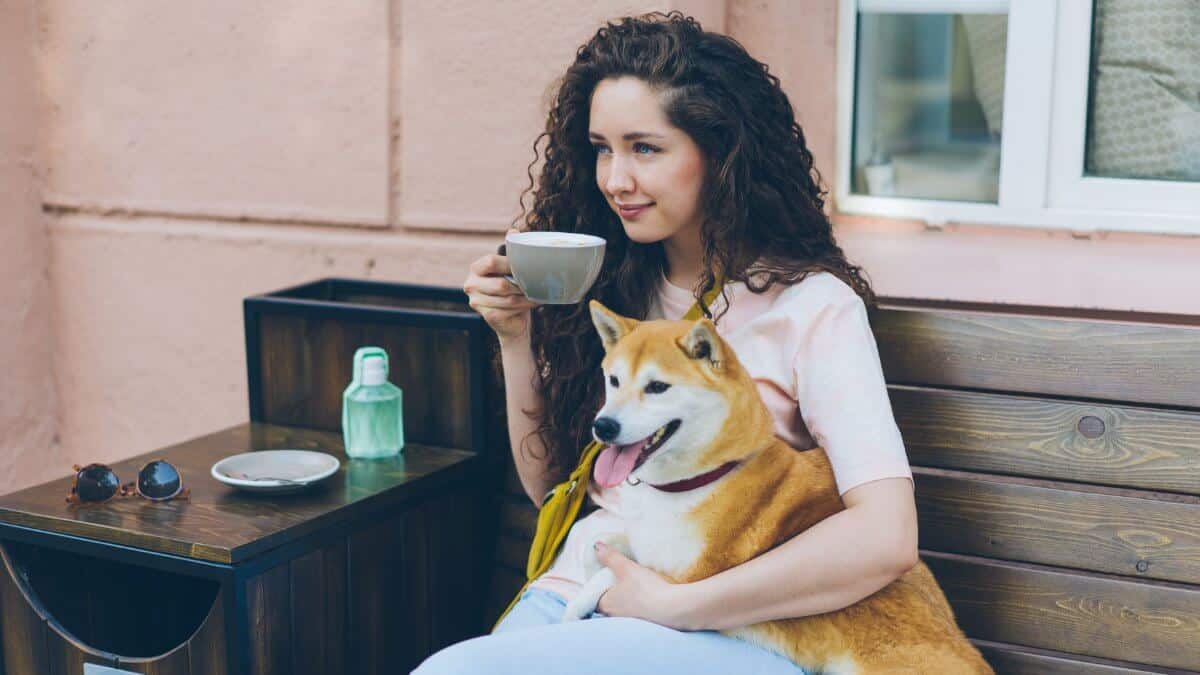
There are communities large and small in the United States and beyond with restaurants that cater to dogs and allow them to accompany their people on outdoor patios. America’s many dog-friendly dining destinations, like the Beachcomber in St. Augustine, Florida, Skull Creek Boathouse in Hilton Head Island, South Carolina, and Sunny Point Cafe in Asheville, North Carolina, gladly serve both two- and four-legged customers. You may even be surprised by the number of restaurants near you that allow dogs, so be sure to inquire ahead of time if they have a reservation available for you and your favorite pup.
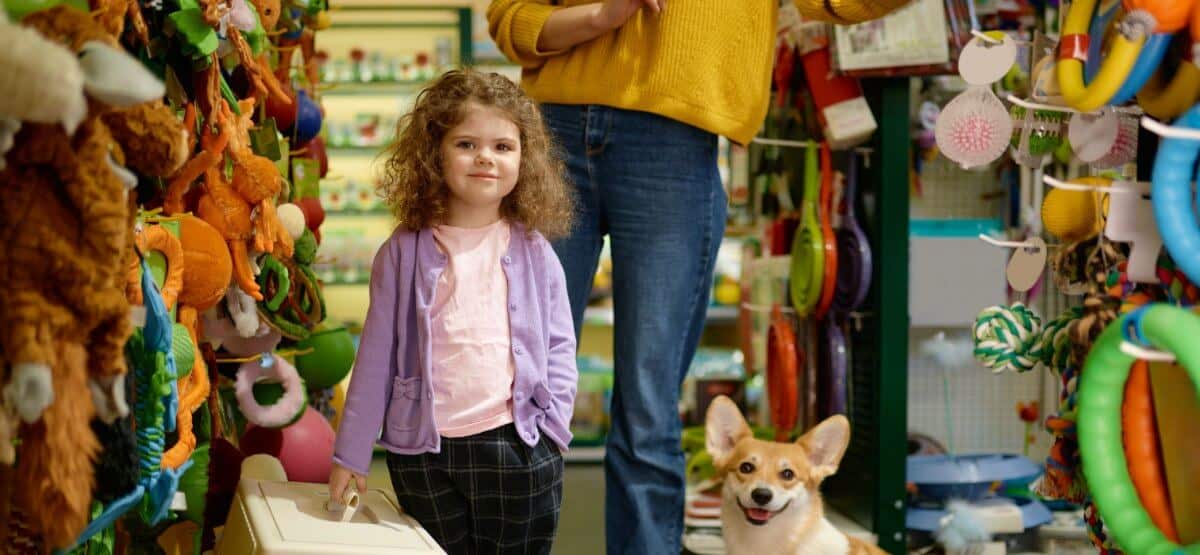
There are a number of retailers that allow animals to accompany customers in their buildings without meeting the requirements of a Service Dog. Among these pet-friendly stores, Tractor Supply, Home Depot, Lowes, Petco, Petsmart, and Pet Supplies Plus are perhaps the best-known. Some of these establishments also offer dog grooming stations, meaning you can make your pup squeaky clean, allow them to meet new people and other animals, and get them used to some sights and sounds they may have never seen before—all in one trip! There are retail businesses that may shock you when you learn that dogs are allowed in many of their stores as well, with some Sephora, Nordstrom, Everlane, Apple Store, and Pottery Barn locations permitting well-behaved dogs. Depending on where you live, small businesses in your area may also allow you to shop with your canine companion, though it is advisable to check beforehand to be sure you can bring your dog along.
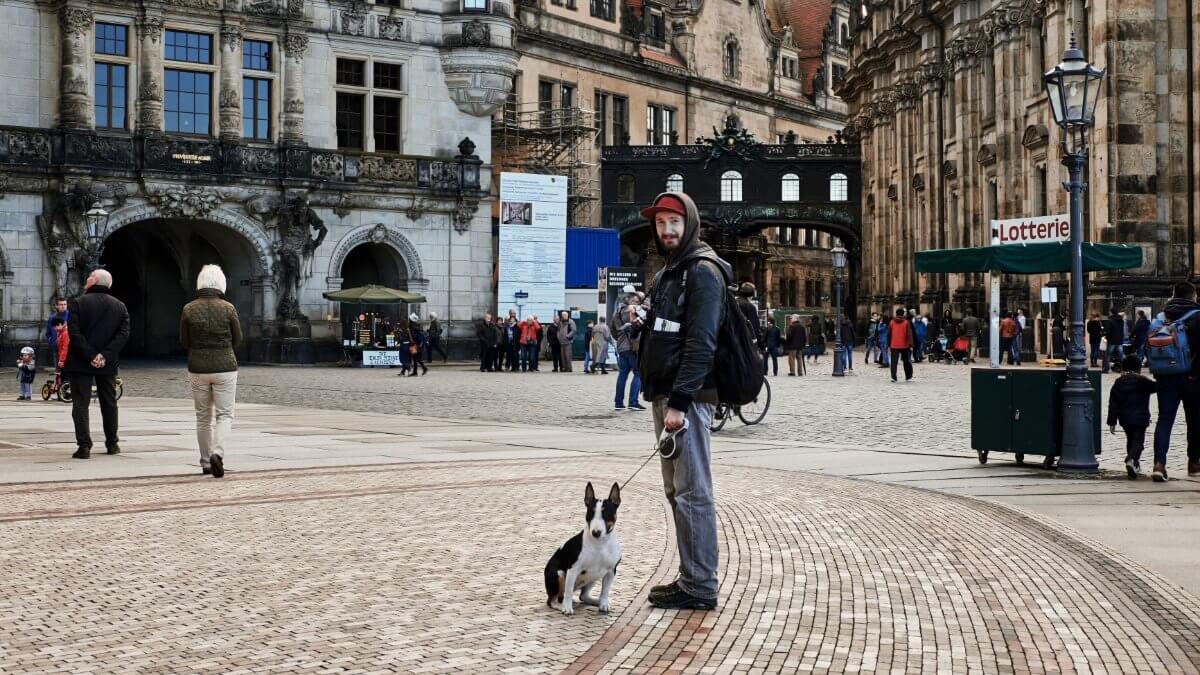
Regardless of how big or small your town may be, even the smallest of cities tend to have meeting spots where there’s a certain amount of hustle and bustle. A town center can often be the most ideal environment for a puppy to go out into, especially early on when you and Fido are taking your first set of baby steps together. Depending on where you live, busy streets will typically provide a lot more activity, and therefore, a much higher level of interpersonal interaction. This can be especially positive not only for socialization but also for desensitizing your dog as it gets used to new sounds and smells. For pups that will go on to compete in Conformation dog shows, dog sports, or other stimulating environments, this is particularly crucial as these activities generate a lot of commotion and noise. For anyone who has a hard time getting to a high-traffic area on a regular basis, playing a television or radio loudly throughout the day can be an effective alternative.
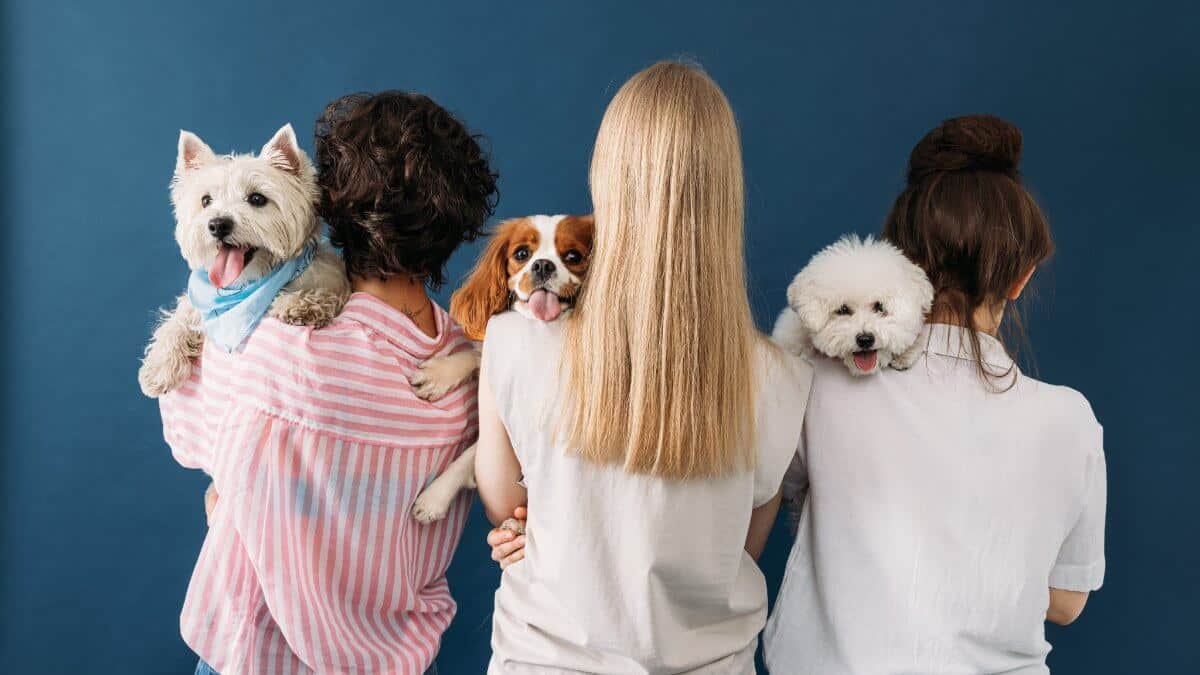
It is important to make sure your puppy is up to date on all vaccinations before going out to public spaces—especially a doggy daycare facility. Whether your plan is to take your pup to a pet sitter or sign-up with an established business, daycare can offer a great opportunity to go out into the world and meet both new people and other dogs—but only when the time is right for them to safely come into contact with other canines. To build a more personalized experience, there are a variety of resources available to those looking for daytime care, from traditional businesses with daycare, boarding, etc., to utilizing Rover and other pet-sitting apps. Some daycare sitters will allow you to control the number of other dogs your puppy is around, or may even take them on as a single daycare client. These options can allow your puppy to adjust to new environments more readily and can help the two of you avoid becoming co-dependent, reducing the risk of developing separation anxiety.
